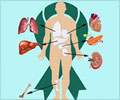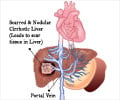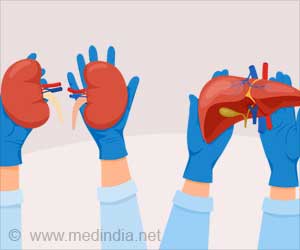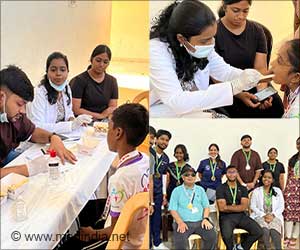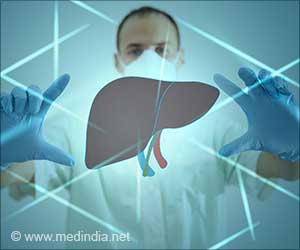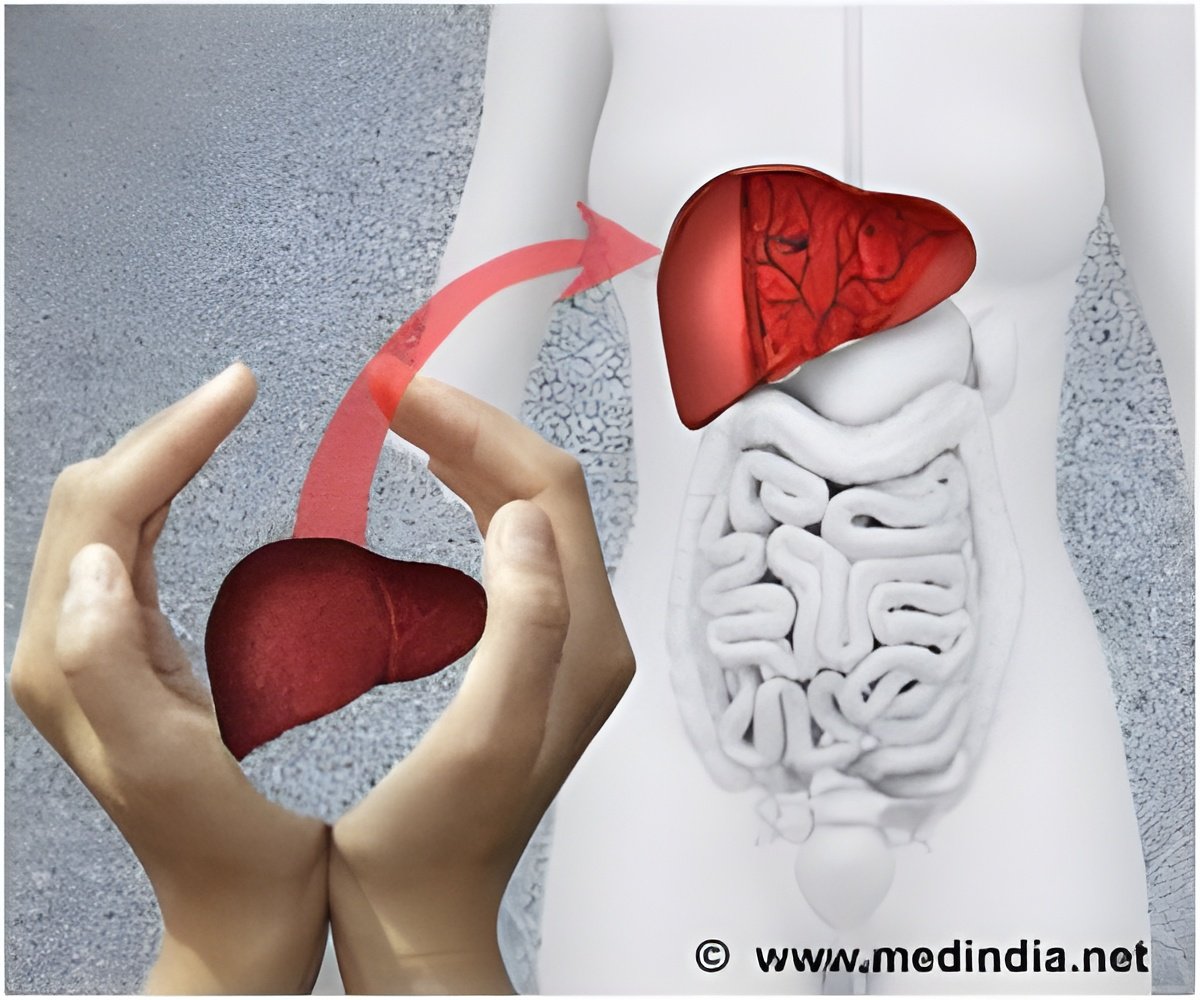
"For patients with end-stage liver disease, transplantation is the only option for extending life, but organ availability places constraints on the transplant community," explains Dr. Eric Orman with the University of North Carolina School of Medicine in Chapel Hill. "One of the methods to increase the donor pool is to include donors with less than ideal health status—those with fatty livers, older donors, and donation after cardiac death."
In an attempt to increase available livers for transplant, the transplant community has gradually extended donation criteria. However, previous research shows that poor outcomes may occur following transplant of more inferior organs. In fact, studies have shown an increased recipient morbidity and mortality risk with donation after cardiac death (when circulation ceases) than with standard donation following brain death in which donor circulation is sustained.
For the present study researchers used data from the Organ Procurement and Transplantation Network (OPTN) to indentify 107,259 deceased donors in U.S. between 1988 and 2010. Donors were 18 years of age and older who had a least one organ (liver, heart, intestine, kidney, lung or pancreas) used for transplantation. The mean donor age was 44 years; 41% were female and 68% were white. Split liver donations and donors with BMI less than 14 kg/m2 or more than 50 kg/m2 were excluded.
Analysis indicates that 41,503 donations occurred after June 30, 2004 with 82% of livers used for transplant and 18% unused. The number of unused livers decreased from 1,958 (66% of donors) in 1988 to 841 (15%) in 2004, and then increased to 1,345 (21%) in 2010. Liver non-use was independently linked to older donor age, greater BMI, diabetes prevalence and donation after cardiac death—all of which are on the rise in the U.S.
Researchers reported a four-fold increase in the odds of non-use of livers from donation following cardiac death donors between 2004 and 2010, with the proportion of nonuse climbing from 9% to 28% during the same time period. "Our findings show nonuse of livers for transplantation is steadily rising, and is primarily due to donation after cardiac death," concludes Dr. Orman. "If these trends continue, a significant decline in liver transplant availability would be inevitable."
Advertisement
Advertisement


